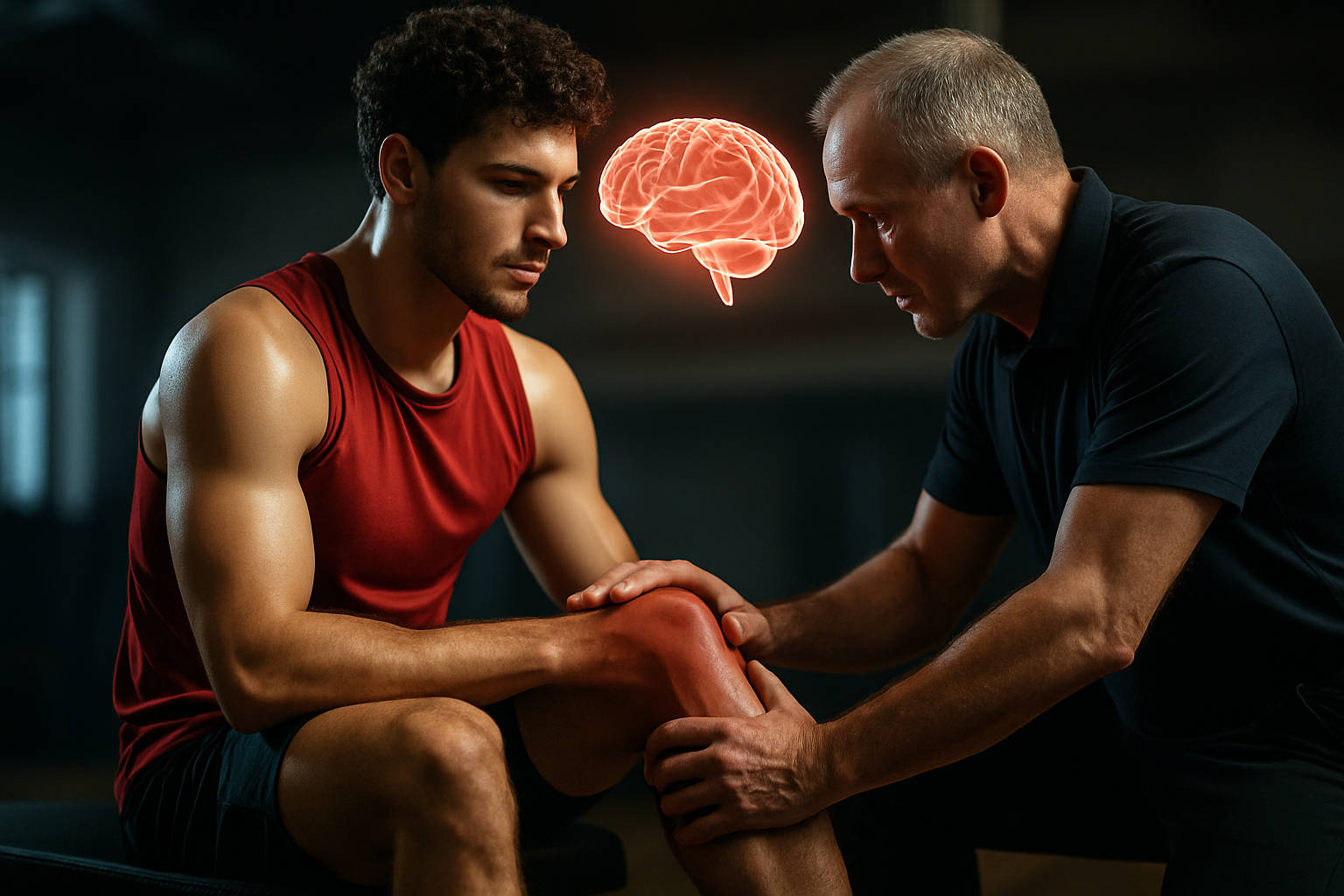Bone Loss Treatment: Approaches to Strength, Exercise, and Health
Bone loss affects millions worldwide and can progress without obvious symptoms until a fracture occurs. Treatment aims to slow or reverse bone loss, reduce fracture risk, and improve overall mobility. This article summarizes common medical and lifestyle strategies, focusing on how exercise, nutrition, and clinical options work together to support bone strength and long-term health.

This article is for informational purposes only and should not be considered medical advice. Please consult a qualified healthcare professional for personalized guidance and treatment.
How does exercise affect bone?
Exercise stimulates bone remodeling by applying mechanical loads that encourage bone-forming cells to build and maintain density. Weight-bearing and impact activities—such as walking, jogging, or stair climbing—tend to have the most direct effect on the skeleton. Resistance training that targets major muscle groups also helps because stronger muscles apply greater forces to bone, prompting adaptation. For people with limited mobility, tailored programs from a physical therapist can provide safe, bone-supporting movement patterns.
What treatments protect bone?
Medical treatments for bone loss include medications that either slow bone resorption or promote bone formation. Common classes prescribed by clinicians include bisphosphonates, selective estrogen receptor modulators, hormone therapies, and newer agents that stimulate bone growth. Choice of therapy depends on individual fracture risk, age, sex, underlying conditions, and tolerance of side effects. Regular monitoring with bone density scans and review by a specialist help guide treatment duration and changes over time.
How to build strength and bone density?
Building muscular strength complements bone-focused care. Progressive resistance training—using free weights, machines, resistance bands, or bodyweight exercises—improves muscle mass and functional strength, which supports balance and reduces fall risk. Programs typically start with lower loads and higher repetitions, progressing gradually under professional guidance. Combining resistance work with balance and mobility drills reduces injury risk and enhances daily function, helping people retain independence while supporting skeletal health.
How does a fitness routine influence recovery?
A consistent fitness routine tailored to bone health balances impact, resistance, balance, and flexibility. Impact and weight-bearing components encourage bone retention; resistance elements build muscle; balance exercises lower fall risk. Frequency and intensity should match an individual’s diagnosis and fitness level. For those on medical bone therapies, coordination between the prescribing clinician and fitness professional ensures that exercise supports treatment goals without increasing injury risk. Rest and recovery are also essential to allow bone remodeling processes to occur.
What lifestyle and nutritional steps support health?
Nutrition and lifestyle play major roles alongside exercise and medication. Adequate calcium and vitamin D intake supports bone metabolism, while protein is necessary for muscle and bone maintenance. Limiting smoking and excessive alcohol, managing chronic conditions (like thyroid or inflammatory disorders), and reviewing medications that affect bone are also important. Fall prevention at home—improved lighting, removing tripping hazards, and using assistive devices when needed—reduces fracture risk. A comprehensive approach combines diet, lifestyle changes, and clinical care.
Conclusion
Effective bone loss treatment typically combines clinical therapies with exercise, strength training, nutritional optimization, and fall-prevention strategies. Coordination among primary care providers, specialists, physical therapists, and fitness professionals helps tailor interventions to individual needs and risk profiles. Regular assessment and adjustments over time can help maintain mobility, reduce fracture risk, and support overall health.






